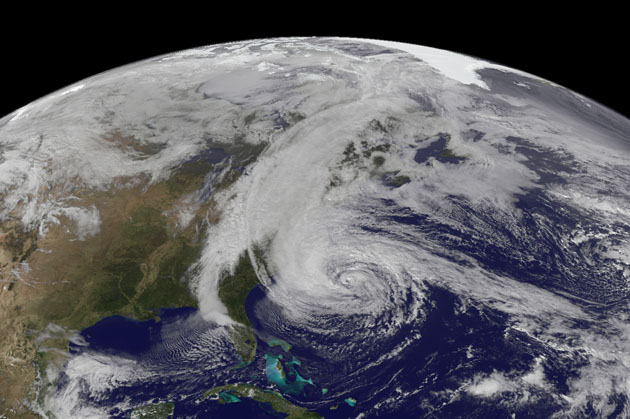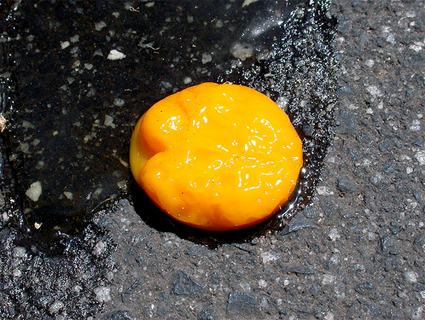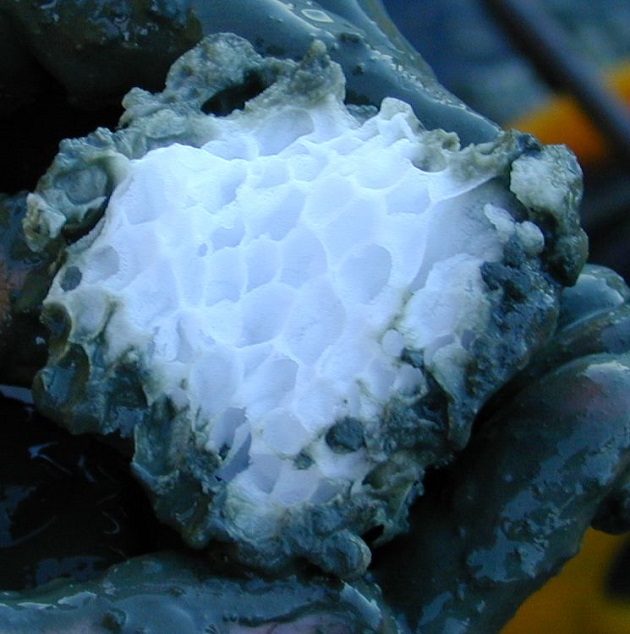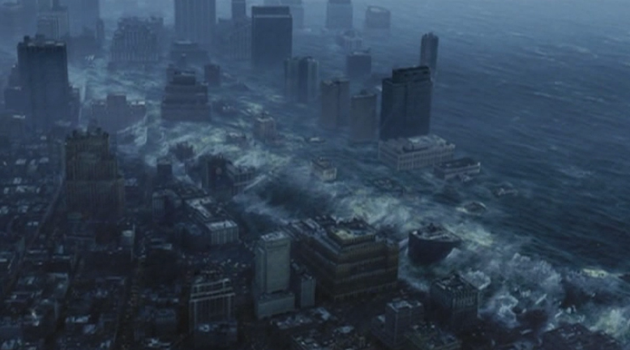
How likely are extreme climate scenarios like those featured in The Day After Tomorrow?Screenshot: 20th Century Fox
In a just-released report, the National Academy of Sciences (NAS) has taken an extensive look at the scary side, the dramatic side…let’s face it, the Hollywood side of global warming. The new research falls under the heading of “abrupt climate change”: The report examines the doomsday scenarios that have often been conjured in relation to global warming (frequently in exaggerated blockbuster films), and seeks to determine how likely they are to occur in the real world.
So here’s a list of some of the most dreaded abrupt changes (where abrupt means occurring within a period of a few decades or even years), and the probability that they’ll happen—even if nothing like the Hollywood version—before the year 2100:
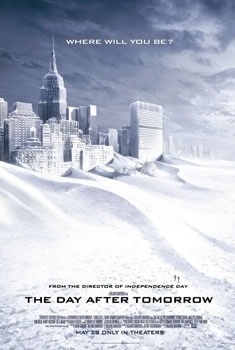
Disruption of the Ocean’s “conveyor belt”
As seen in: The scientifically panned 2004 blockbuster The Day After Tomorrow.
What would happen: The great overturning circulation of the oceans, driven by the temperature and the salt content of waters at high latitudes, transports enormous amounts of heat around the planet. If it is disrupted or comes to a halt, there could be stark changes in global weather patterns.
Chances it will happen this century: Low. For future generations, however, The Day After Tomorrow might be slightly less laughable (if still wildly exaggerated). In the longer term, the NAS rates the probability of a disruption as “high.”
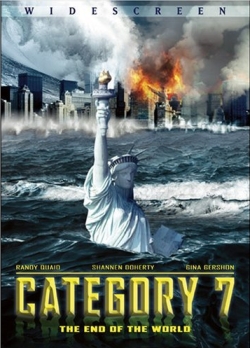
A sharp increase in extreme precipitation events
As seen in: The over-the-top Category 7 and the even more over-the-top Sharknado.
What would happen: The frequency and/or intensity of extreme precipitation events—including heavy rains, damaging flooding, droughts, and hurricanes—would show a relatively sudden increase. The consequence would be not only the potential for more weather disasters and their associated costs but also, the NAS warns, the possibility of “increased conflict” following disasters. No Category 7s, but still something worth worrying about.
Chances it will happen this century: According to the NAS, we can already detect a clear trend towards more extreme flooding, although trends in other extreme weather phenomena, such as droughts and hurricanes, are more murky for the moment. As for an abrupt change this century? NAS rates the outlook as “moderate.”
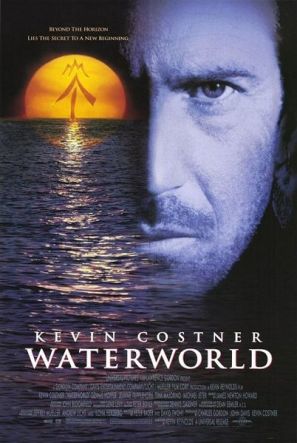
Extreme Sea Level Rise Due to Polar Ice Sheet Collapse
As seen in: The 1995 Kevin Costner classic Waterworld.
What would happen: Here is arguably the scariest global warming scenario—the collapse of all or part of the ice sheets of Greenland and Antarctica, leading to rapid and extreme sea level rise. (But no, the continents would not disappear as in Waterworld. Not remotely.)
Chances it will happen this century: Fortunately, this risk is not likely to materialize before 2100, according to the NAS—with one possible exception, the West Antarctic Ice Sheet, which contains the equivalent of three to four meters of sea level rise. The NAS judges that an abrupt change here during this century is “plausible, with an unknown although probably low probability.” In the longer term, meanwhile, the probability is high that some of the great ice sheets of the planet will indeed melt substantially and drive sea level rise on a scale measured in meters, rather than inches.

Worse Heat Waves, More Often
As seen in: Spike Lee’s Do the Right Thing (which isn’t directly about global warming, of course, but is definitely about heat).
What would happen: Heat waves can be devastating. Not only can they kill significant numbers of people (and spark conflict), but they also can imperil agriculture and water supplies.
Chances it will happen this century: According to the NAS, a climate-related trend towards more intense and frequent heat waves has already been detected. And the outlook for an abrupt change for the worse in this century is “moderate.”
Catastrophic Methane Release from the Arctic
As seen in: Amazingly, to our knowledge Hollywood hasn’t made use of this one yet.
What would happen: One oft-touted climate fear is that undersea Arctic deposits of methane hydrate will be destabilized or even explode, releasing large volumes of gas into the atmosphere that, in turn, trigger rapid global warming. This scenario is particularly frightening because methane is a much more potent greenhouse gas than carbon dioxide. By worsening global warming, an Arctic methane “bomb” would also increase the risk of other dangerous abrupt climate changes.
Chances it will happen this century: “Low,” says the NAS. Over the longer term, however, the risk rises to “moderate”; and when it comes to a related threat—the release of stored carbon from the thawing of northern permafrost, which would also amplify global warming—the long-term risk is “high.”
disappearing Arctic sea ice
As seen in: The 2012 Imax film To the Arctic (yes, a documentary).
What would happen: The loss of summer Arctic sea ice has profound effects, ranging from opening up dramatic new opportunities for shipping and resource exploitation, to reshaping ecosystems and native cultures, to changing global weather patterns.
Chances it will happen this century: The NAS considers the ongoing changes in the Arctic region to be an abrupt climate change that is already upon us. So you can watch this one in a documentary, or even in satellite images.

